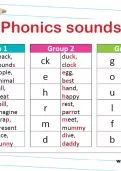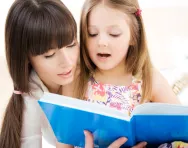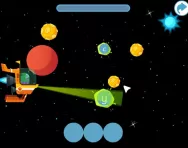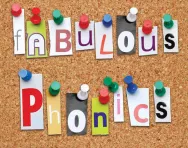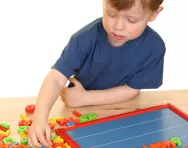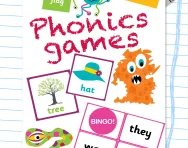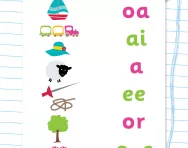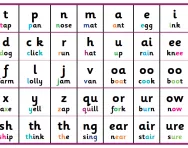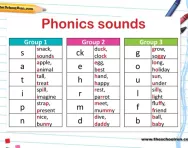TheSchoolRun.com closure date
As we informed you a few months ago, TheSchoolRun has had to make the difficult decision to close due to financial pressures and the company has now ceased trading. We had hoped to keep our content available through a partnership with another educational provider, but this provider has since withdrawn from the agreement.
As a result, we now have to permanently close TheSchoolRun.com. However, to give subscribers time to download any content they’d like to keep, we will keep the website open until 31st July 2025. After this date, the site will be taken down and there will be no further access to any resources. We strongly encourage you to download and save any resources you think you may want to use in the future.
In particular, we suggest downloading:
- Learning packs
- All the worksheets from the 11+ programme, if you are following this with your child
- Complete Learning Journey programmes (the packs below include all 40 worksheets for each programme)
You should already have received 16 primary school eBooks (worth £108.84) to download and keep. If you haven’t received these, please contact us at [email protected] before 31st July 2025, and we will send them to you.
We are very sorry that there is no way to continue offering access to resources and sincerely apologise for the inconvenience caused.
Phonics letters and sounds
What are phonics letters and sounds?
Phonics letters and sounds refer to a method of teaching reading and spelling that focuses on the relationship between sounds (phonemes) and the letters (graphemes) that represent them in written language. Some people call these alphabet sounds, but most primary schools will refer to this as phonics.
How do you tell the difference between letters and sounds?
Letters are the written symbols we use in words. Each letter has a shape, like 'A', 'B', 'C', and so on. When we write words on paper or type them on a screen, we use letters. For example, when you write 'cat,' you use the letters 'c,' 'a,' and 't.'
Sounds, on the other hand, are the noises we make when we talk. For instance, when you say 'cat,' you make three sounds: 'kuh,' 'aah,' and 'tuh.' Each sound is like a small part of the word.
The fun part is that each letter matches up with a sound. So, when you see the letter 'C,' you know it makes the 'kuh' sound, like in cat. And when you see the letter 'A,' it usually makes the 'aah' sound, like in cat.
Teaching phonics helps kids learn these connections between letters and sounds. When they see the word 'cat,' they can figure out what sounds the letters make and blend them together to say the word. It's like a secret code that helps children to read and write!
What will you find in this Phonics letters and sounds worksheet?
Use this teacher-created phonics letters and sounds worksheet to help your child memorise groups of sounds and the letters they correspond with – displayed in a simple but visually effective way. The sounds are grouped into the order your child will most likely be learning them at primary school.
You can browse through a complete list of our phonics worksheets to find the best ones for your child; remember to filter the results by key stage or year group to find the most age-appropriate resources.
